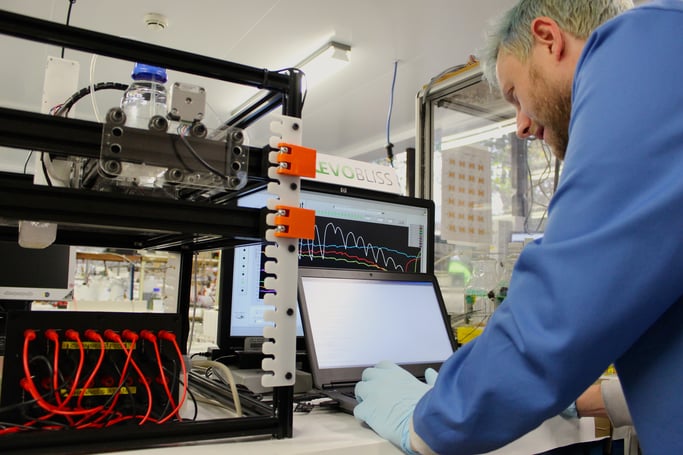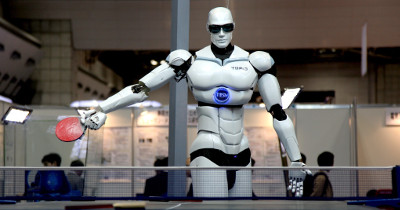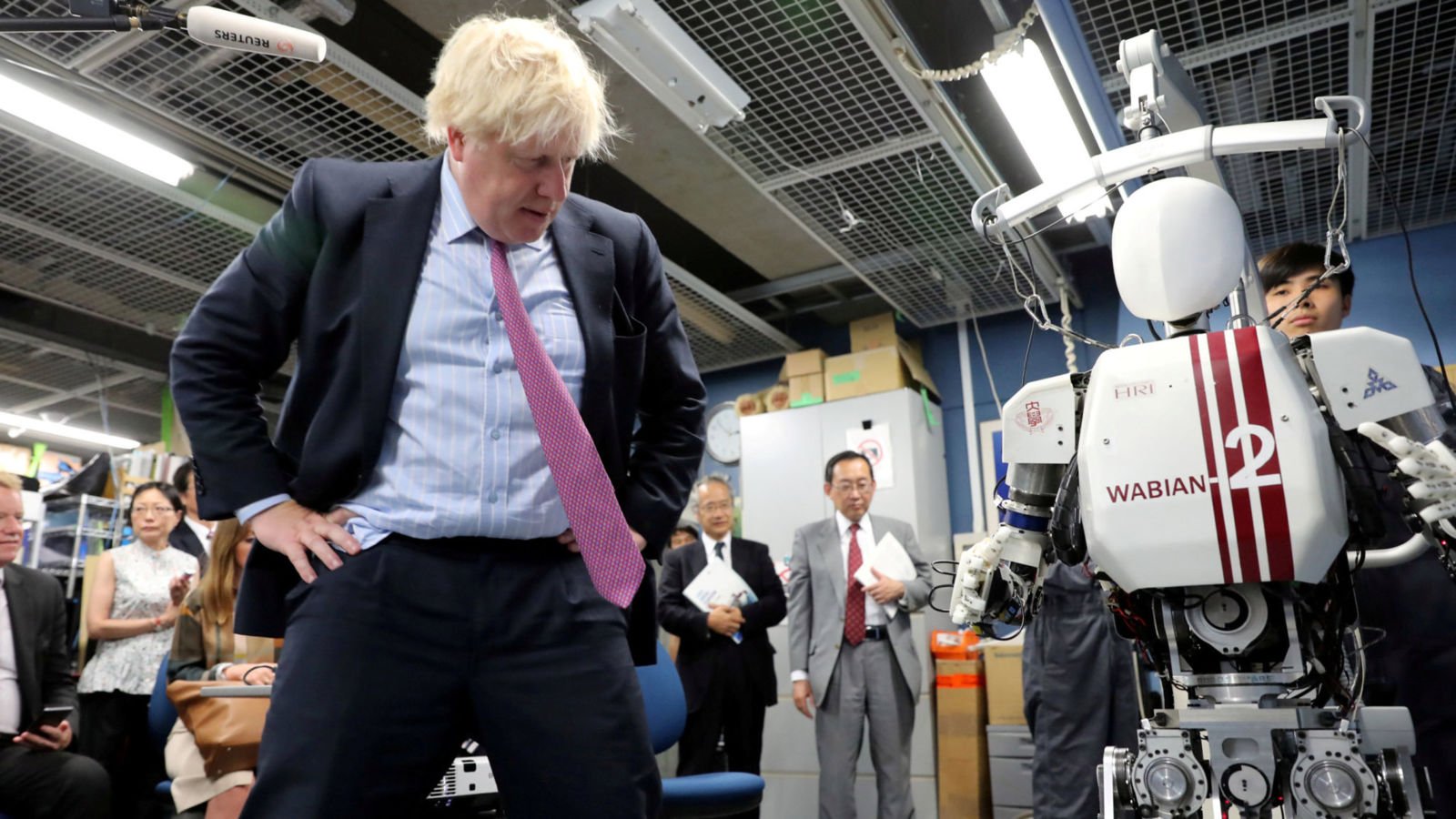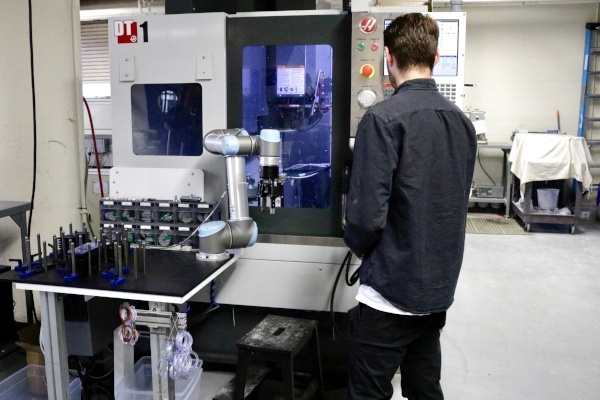Busting Common Myths About Robots: Part II

Posted on Aug 04, 2016 7:00 AM. 4 min read time
In part I of this series we busted the myths about robots being dangerous, difficult-to-work-with job-stealers. However, misconceptions about robots still persist. Are these views based on 2016 real-world robots, or outdated information that’s no longer accurate?
Myth 5 – Robots Are Expensive
It’s true that industrial robot automation used to only make sense cost-wise for large scale operations. However, robotic technology has reached a point where this blanket statement is no longer true. Start by comparing what you would pay a human worker to do the task, then factor in the safety risks. How quickly do you need to see a return on your investment? Do the math using this free robotic ROI calculator.
To avoid the up-front investment in a robot, another option is renting. Hirebotics offers several Universal Robot models for rent, meaning you only pay for the hours the robot works.
Still not convinced? Universal Robots has a case study that shows payback in 34 days. That’s almost fast enough to put a robot on your credit card and have it paid back before you’re charged interest. Myth busted.
Myth 6 – Robots Are Hard to Program

Designing and creating robots requires programming expertise, but the latest collaborative robots are intended to be set up for use or “trained” by non-programmers. The user interface prompts the trainer to position the robot and click to the next step without entering any code or commands. Watch this video to see how easy it is to use path recording to program Universal Robots equipped with the Robotiq Force Torque Sensor.
The trainer must consider safety, the most efficient way to perform the task, and how the work should be done to maximize efficiency, but advanced programming skills are not required. Myth busted.
Myth 7 – I Can Tell Something to the Robot and It Can Do it For Me
Robots that respond to voice commands do exist, and while this technology is impressive, the practical applications in an industrial environment are limited. For now it is more efficient and cost-effective to program most robots and control them through automation. This myth is plausible, but not practical right now.
Myth 8 – A Robot Is a Machine that Looks Like a Human

The perception of what a robot is varies depending on the source.
According to the Merriam-Webster dictionary, the full definition of a robot is “a machine that looks like a human being and performs various complex acts (as walking or talking) of a human being; also: a similar but fictional machine whose lack of capacity for human emotions is often emphasized.”
The Oxford dictionary defines a robot as “A machine capable of carrying out a complex series of actions automatically, especially one programmable by a computer.”
ISO 8373:2012 (Robots and robotic devices – Vocabulary), section 2.6 defines robot as (an) “actuated mechanism programmable in two or more axes with a degree of autonomy, moving within its environment, to perform intended tasks.
Although the general public may think that robots should look like humans, the ISO definition doesn’t mention anything about robots looking like humans. Myth busted.
Just like with humans, flashy robots seem to get the most media coverage whether they can actually do anything useful or not. Robot arms aren’t as interesting as human-looking robots to the general public, despite their utility and vibrant colours.
The robots shown at Automatica 2016 were of both the human-shaped and mechanical arm variety. Take a look at the coffee serving robot, and the small, fast, green collaborative robot. Note the breakdown of movements required for the coffee serving robot to take the cup from the machine and place it down. Is the “head” there because that’s what people expect a robot to look like? Or is there a phase II planned with voice recognition and programmed responses to typical questions? It may take a while to configure the robot server with just the right amount of attitude to become your new favourite barista.









Leave a comment